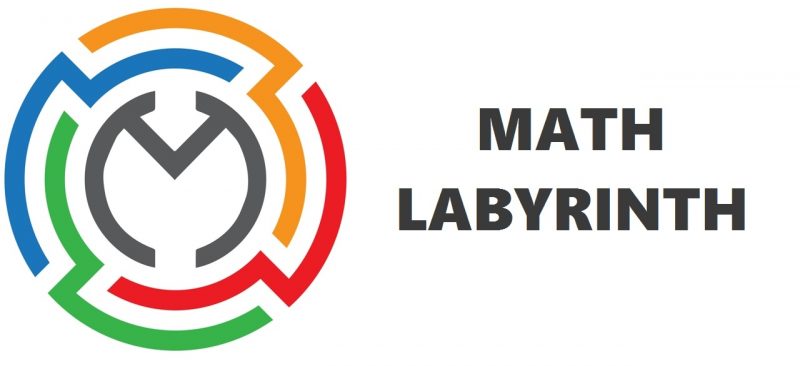The aim of this project is the development of methodology in teaching and learning mathematics with the creation of interactive book that can be used by teachers and students.
This output will be a sample teaching material and methodology for teaching mathematics mostly to pupils between the age of 14 and 18. The interactive guidebook will be comprised of two parts including mathematical problems from students in the first, and more complex problems developed by the teachers in the second one. The areas in mathematics covered in the contents of the book will be relevant to everyday situations and to the syllabuses of the national examinations. It will be developed to enhance the brain’s ability to visualize and transform knowledge into a solution to a real-life problem.
Since the first part will be created by the students, the teachers will be their mentors of creativity. They will help them in making the selection of real-life mathematical problems to be solved by their fellow students. This peer-to-peer approach will give an insight on how pupils develop abilities to think, reason and understand problems, and at the same time will teach those low-achieving students how to understand fractions, geometric puzzles and problems, among other.
The second part will be developed by the math teachers from the three secondary schools. They will make a selection of more complex mathematical problems relevant to the students’ needs and abilities.
The name Labyrinth refers to the complexity of providing solutions; in order to solve a problem of this kind a couple of operations are required and students will have to go back and forth through all the acquired knowledge they have during their education.
The purpose of the book is not giving them answers, but making them think and learn at the same time. The core of it is learning the most common operations and relations and using them in their everyday life. Teachers will provide clues and paths towards solving the defined problems and a step-to-step approach that will grab the attention of students and inspire them to get excited about maths.

